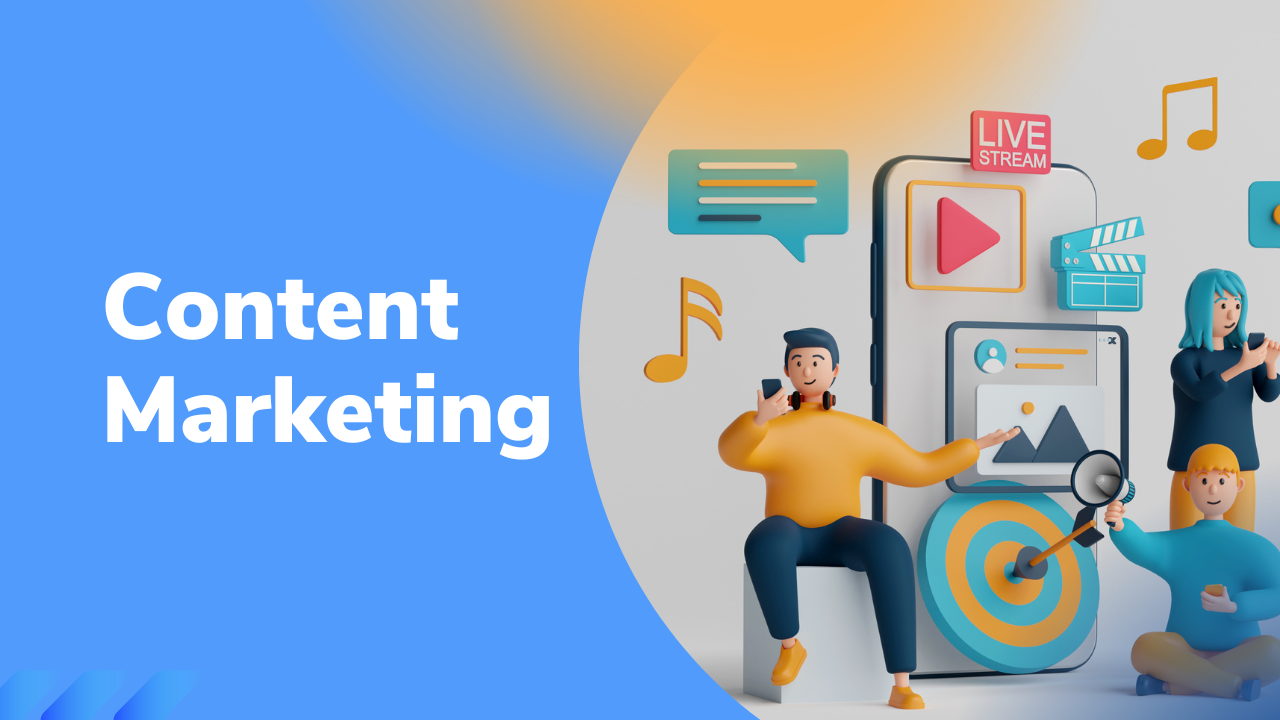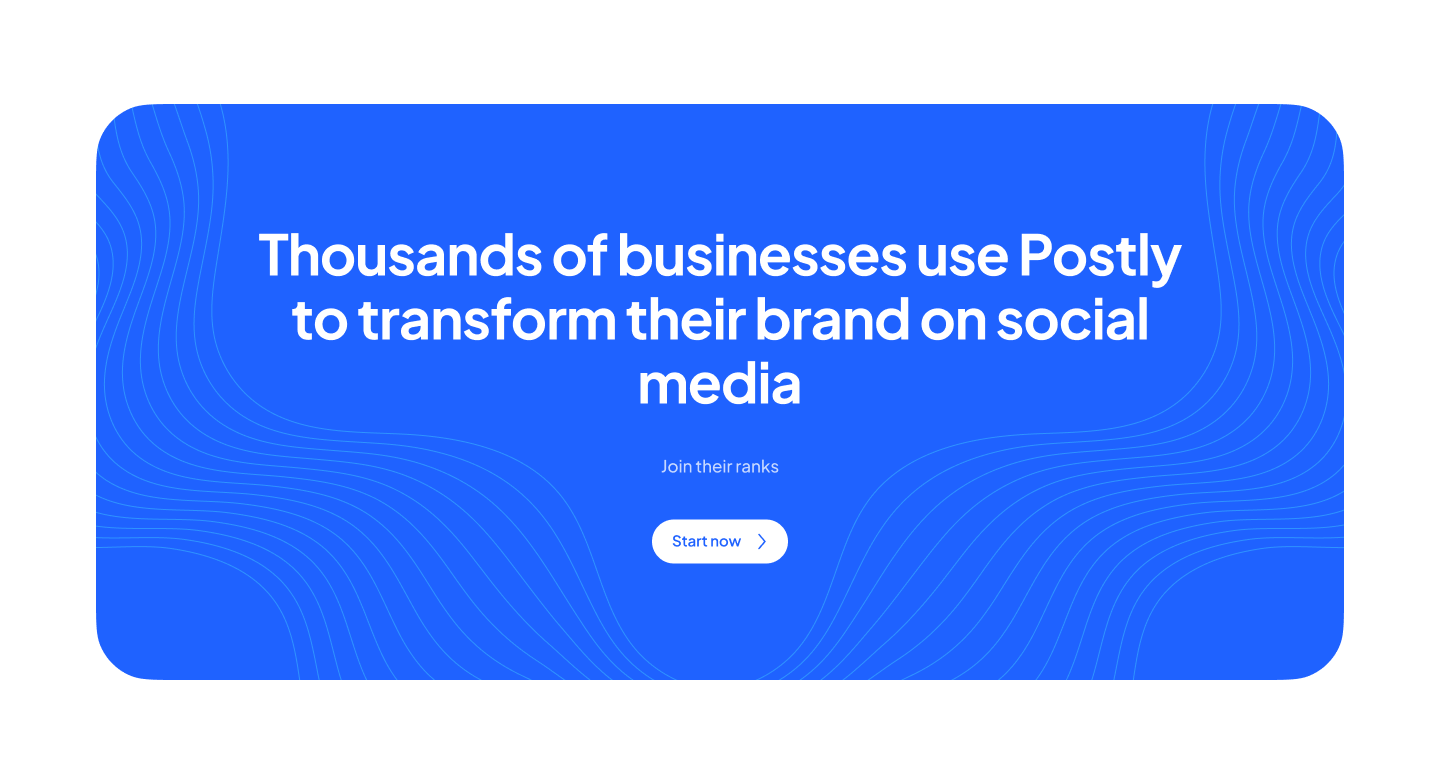Mastering Social Media Content Sizes and Formats - Optimizing Your Campaigns for Success

In the ever-evolving realm of social media marketing, staying up-to-date with platform-specific content sizes and formats is essential. Crafting the perfect post or video is only half the battle; presenting it in the right dimensions and format ensures it looks its best and garners the engagement it deserves. In this comprehensive 2000-word article, we'll delve into the world of social media content sizes and formats, exploring how to optimize your campaigns for success on various platforms.
Understanding the Importance of Social Media Content Sizes and Formats
In today's digital landscape, visual content reigns supreme. Whether you're a brand looking to engage with your audience, an influencer building your online presence, or an individual sharing your life's moments, optimizing your content's sizes and formats is crucial for the following reasons:
1. Aesthetic Appeal: Content that fits perfectly within the designated dimensions of a social media platform looks more visually appealing. It appears professional and captures the viewer's attention.
2. Consistency: Uniformity in content size and format across your social media profiles creates a cohesive and recognizable brand image. This consistency helps build trust and loyalty among your audience.
3. Engagement: Correctly formatted content ensures that your posts and videos are optimized for maximum engagement. It prevents cropping, distortion, or loss of quality, resulting in a more interactive user experience.
4. Cross-Platform Promotion: With consistent content sizing, you can seamlessly share your posts and videos across multiple platforms without the need for extensive reformatting. This saves time and ensures a unified brand message.
5. Visibility: Social media algorithms often prioritize well-optimized content. By adhering to recommended sizes and formats, you increase the likelihood of your posts appearing in your followers' feeds.
Image Content Sizes and Formats
Images are a cornerstone of social media content, and each platform has its own preferred image dimensions and format specifications. Let's take a closer look at some popular platforms and their recommended image sizes:
1. Facebook
- Profile Picture: 180x180 pixels (Displays as 160x160 pixels on desktop)
- Cover Photo: 820x312 pixels
- Shared Image: 1,200x630 pixels
2. Instagram
- Profile Picture: 110x110 pixels
- Instagram Post: 1,080x1,080 pixels (Aspect ratio 1:1)
- Instagram Story: 1,080x1,920 pixels
- IGTV Cover Photo: 420x654 pixels
3. Twitter
- Profile Picture: 400x400 pixels
- Header Image: 1,500x500 pixels
- Shared Image: 1,200x675 pixels
4. LinkedIn
- Profile Picture: 400x400 pixels
- Cover Photo: 1,584x396 pixels
- Shared Image: 1,200x628 pixels
5. Pinterest
- Profile Picture: 165x165 pixels
- Pin Image: 1,000x1,500 pixels (Aspect ratio 2:3)
6. YouTube
- Channel Cover Photo: 2,560x1,440 pixels
- Video Thumbnail: 1,280x720 pixels
While these sizes serve as general guidelines, it's essential to stay updated with each platform's latest recommendations, as they may change over time.
Video Content Sizes and Formats
Videos have become increasingly popular on social media, and platforms are continually expanding their capabilities to accommodate video content. To ensure your video content looks its best and performs optimally, you need to be aware of the recommended sizes and formats:
1. Facebook
- Recommended Video Dimensions: 1,280x720 pixels
- Aspect Ratio: 16:9
- Video File Formats: MP4, MOV
- Maximum File Size: 4 GB
- Video Length: Up to 240 minutes
2. Instagram
- Recommended Video Dimensions: 1,080x1,920 pixels
- Aspect Ratio: 9:16 (Vertical), 1:1 (Square), 16:9 (Landscape)
- Video File Formats: MP4, MOV
- Maximum File Size: 15 MB for Story, 4 GB for Feed
- Video Length: Up to 60 seconds for Feed, Up to 15 seconds for Story
3. Twitter
- Recommended Video Dimensions: 1,280x720 pixels
- Aspect Ratio: 16:9
- Video File Formats: MP4, MOV
- Maximum File Size: 512 MB
- Video Length: Up to 2 minutes and 20 seconds
4. LinkedIn
- Recommended Video Dimensions: 1,280x720 pixels
- Aspect Ratio: 16:9
- Video File Formats: MP4
- Maximum File Size: 5 GB
- Video Length: Up to 10 minutes
5. TikTok
- Recommended Video Dimensions: 1,080x1,920 pixels
- Aspect Ratio: 9:16 (Vertical)
- Video File Formats: MP4, MOV
- Maximum File Size: 287.6 MB
- Video Length: Up to 3 minutes
6. YouTube
- Recommended Video Dimensions: 1,280x720 pixels (Minimum HD)
- Aspect Ratio: 16:9
- Video File Formats: MP4, MOV, AVI
- Maximum File Size: 128 GB
- Video Length: Up to 12 hours (with YouTube account verification)
7. Snapchat
- Recommended Video Dimensions: 1,080x1,920 pixels
- Aspect Ratio: 9:16 (Vertical)
- Video File Formats: MP4, MOV
- Maximum File Size: 32 MB
- Video Length: Up to 60 seconds
8. Pinterest
- Recommended Video Dimensions: 1,080x1,920 pixels
- Aspect Ratio: 9:16 (Vertical)
- Video File Formats: MP4, MOV
- Maximum File Size: 2 GB
- Video Length: Up to 5 minutes
It's worth noting that each platform may have specific requirements for video content, such as file size, duration, and frame rate. Therefore, it's crucial to check the latest guidelines from the platform you intend to use.
How to Optimize Your Social Media Campaigns
Now that you understand the significance of adhering to the correct social media content sizes and formats, let's explore how to optimize your social media campaigns effectively:
1. Design Consistency: Maintain consistent design elements, such as color schemes and fonts, to create a unified brand image across all social media platforms.
2. Adapt Content: Customize your content for each platform, ensuring it suits the audience and format. A post that works well on Instagram might need adjustment for Twitter.
3. Visual Storytelling: Leverage the power of visual storytelling. Craft compelling narratives that resonate with your audience and convey your brand's message effectively.
4. Video Engagement: With the growing popularity of video content, incorporate video into your social media strategy. Create engaging and informative videos that capture your audience's attention.
5. Cross-Promotion: Promote your content across multiple platforms to reach a broader audience. Share posts and videos from one platform on others, making sure the content is adapted to each.
6. Testing and Analysis: Continually test the performance of your social media content and campaigns. Utilize platform analytics to gain insights into what works and what needs improvement.
7. Posting Schedule: Determine the best times to post on each platform by considering your target audience's behavior and time zones. Scheduling tools can help automate this process.
8. Engage with Your Audience: Respond promptly to comments, messages, and feedback from your followers. Engaging with your audience builds trust and fosters a loyal community.
9. Use Hashtags Wisely: Incorporate relevant hashtags in your posts, making your content discoverable to a broader audience. Avoid overloading posts with excessive hashtags.
10. Stay Updated: Regularly review and adapt your social media strategy to keep up with evolving trends and platform changes. This ensures your campaigns remain effective and relevant.
Case Studies: Brands Mastering Social Media Content Optimization
Let's take a look at some examples of brands that have successfully optimized their social media content and campaigns for different platforms:
1. Nike
Nike consistently delivers compelling visuals on Instagram and Twitter, featuring high-quality images of their products in action. They tailor their content to each platform, showcasing lifestyle shots on Instagram and product updates on Twitter.
2. GoPro
GoPro, known for its action cameras, excels on YouTube by sharing user-generated content. They leverage video to highlight the adventures and experiences captured with their cameras, connecting with adventure enthusiasts.
3. Wendy's
Wendy's, the fast-food chain, is renowned for its witty and humorous Twitter presence. They engage with followers through humorous replies and timely pop culture references, creating an entertaining and relatable brand personality.
4. Airbnb
Airbnb uses Facebook and Instagram to feature stunning visuals of their unique accommodations. They craft compelling stories around the properties, fostering a sense of wanderlust among their audience.
5. Red Bull
Red Bull's YouTube channel is a prime example of how to utilize video content. They produce thrilling videos featuring extreme sports, and their content aligns with their brand's high-energy image.
Conclusion
Optimizing your social media campaigns by adhering to platform-specific content sizes and formats is essential for success in the competitive digital landscape. When you respect the visual and technical requirements of each platform, your content appears professional, engaging, and consistent. This optimization enhances the chances of your posts and videos reaching a broader audience and forging a stronger connection with your followers.
As social media platforms continue to evolve, staying updated with the latest recommendations and trends is crucial. Social media marketing is a dynamic field, and adapting your strategy to incorporate the best practices will ensure you remain at the forefront of your industry.
By understanding the importance of social media content sizes and formats and implementing them effectively, you can master the art of social media marketing and elevate your brand's online presence to new heights.

